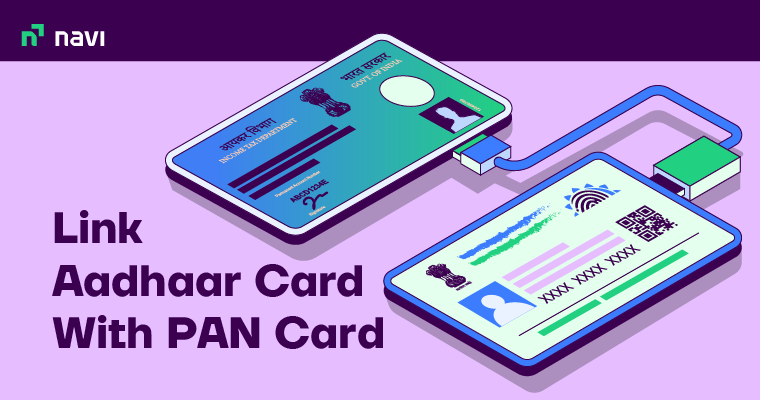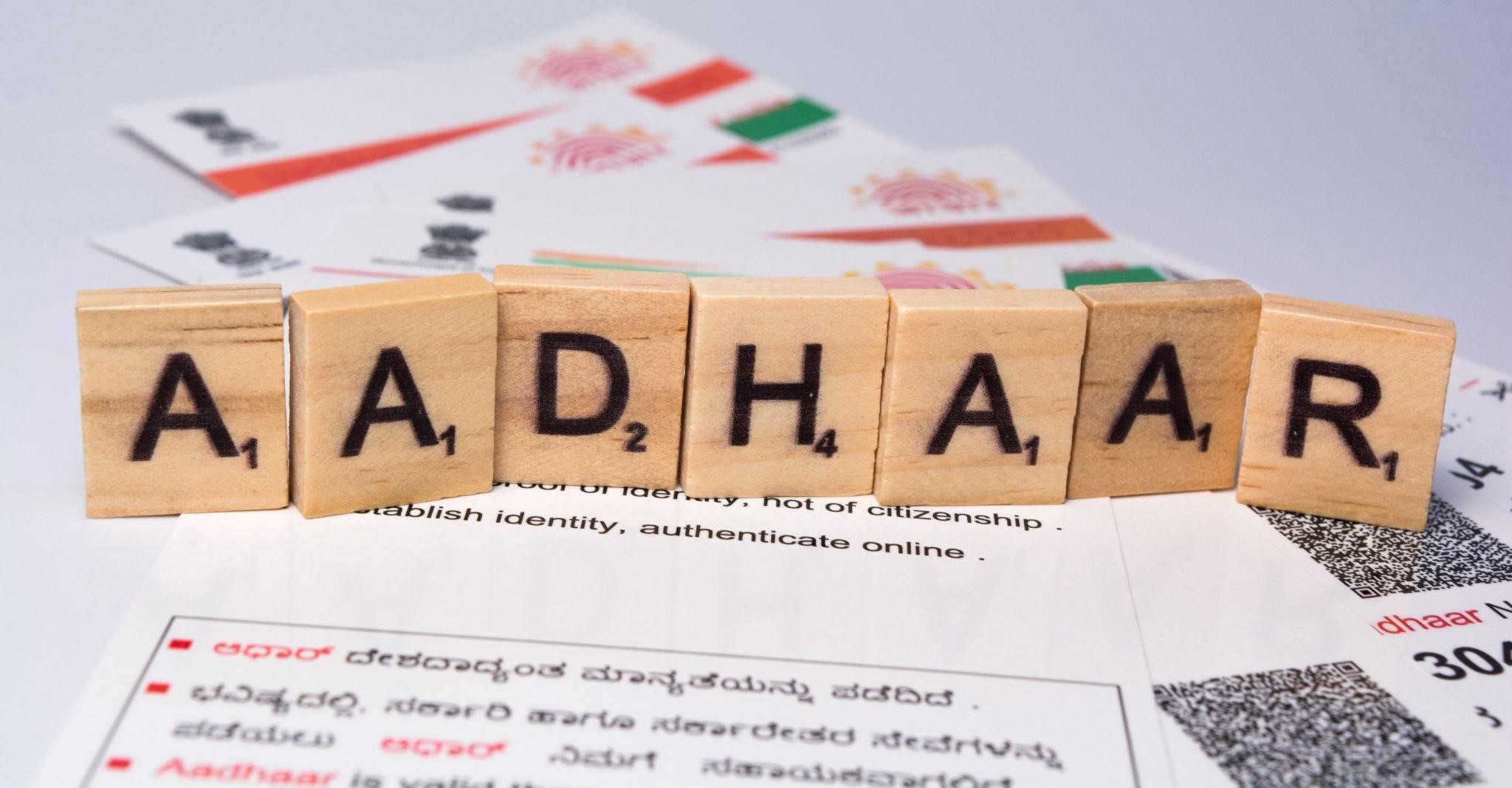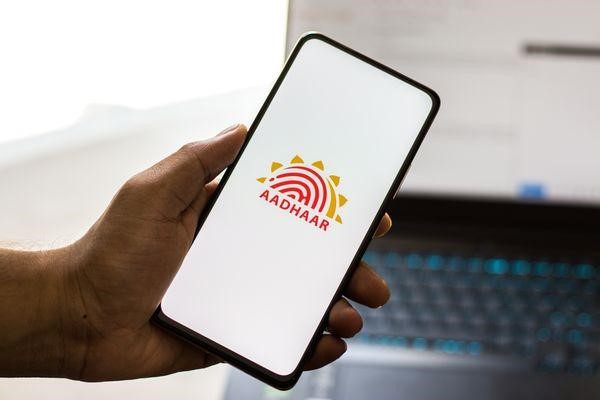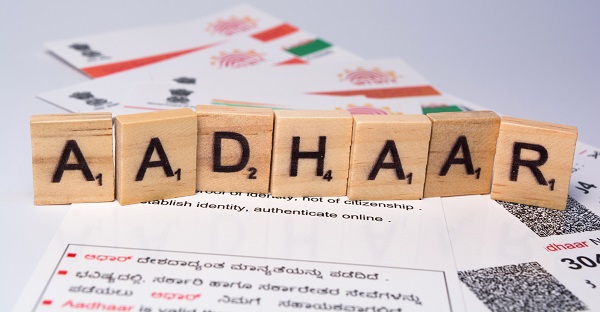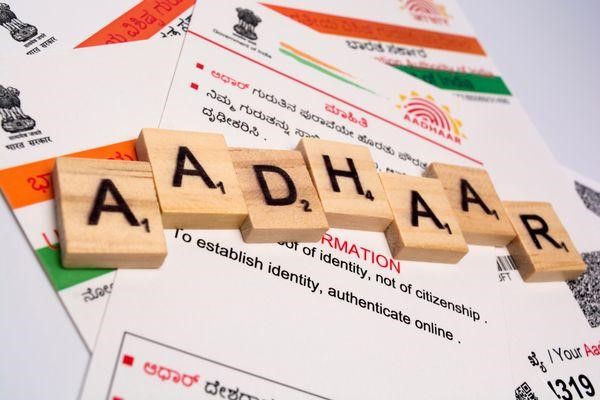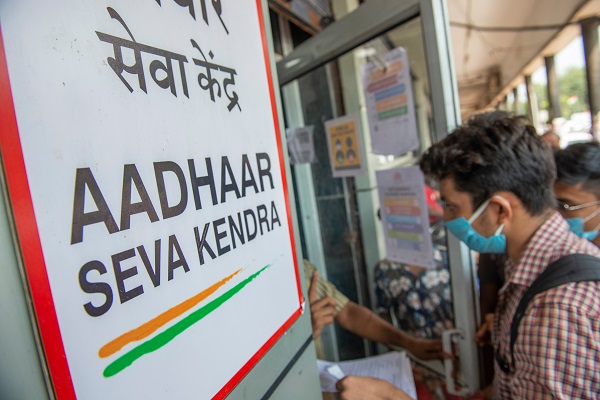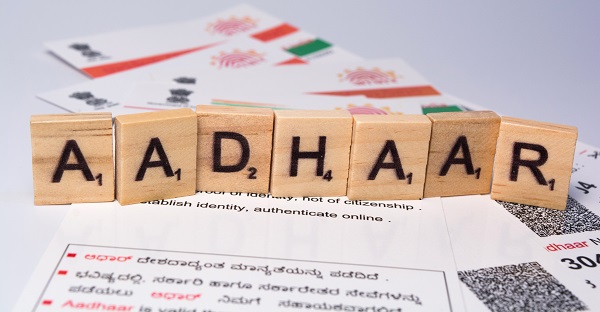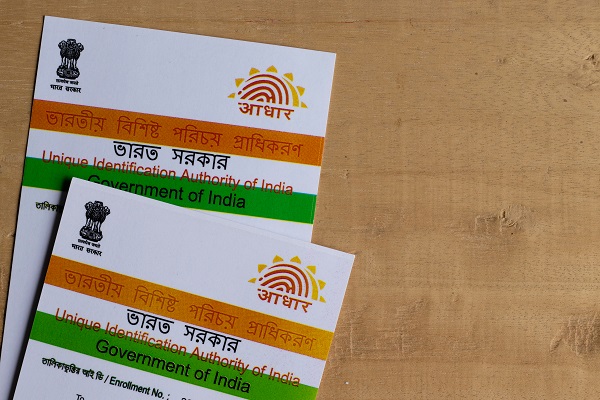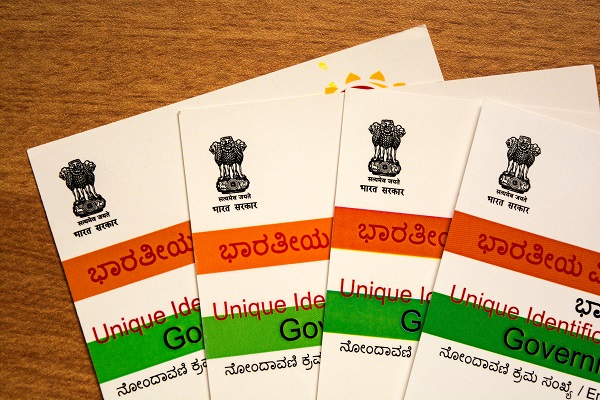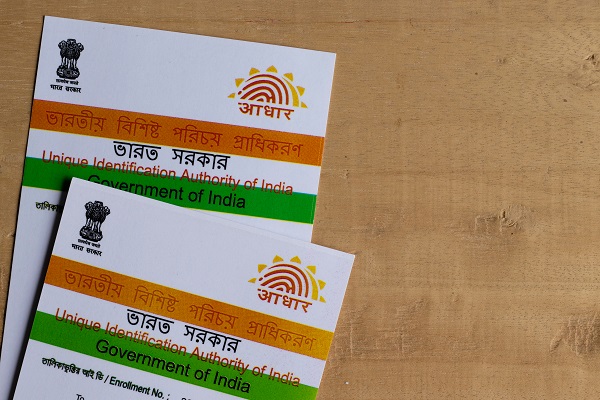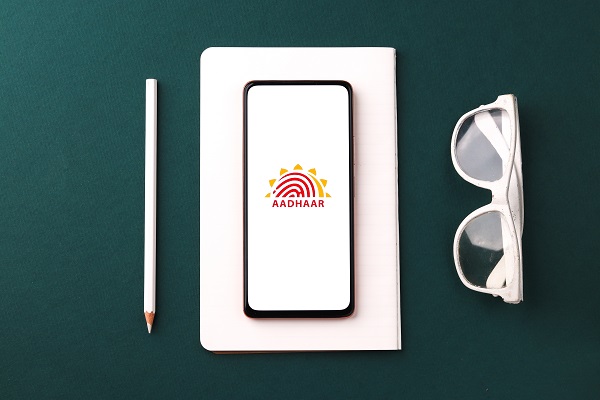What is Aadhaar e-KYC: Online Process, Benefits and Organization’s Using It
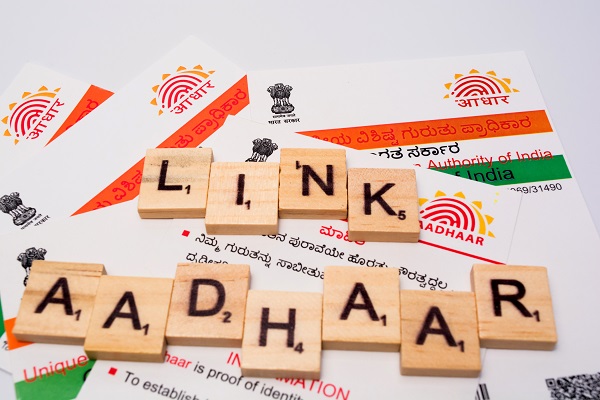
With an objective to improve customer service and user experience, the Unique Identification Authority of India (UIDAI) introduced the Aadhaar card e-KYC process. Generally, financial institutions and mobile companies ask their customers to complete the KYC or Know Your Customer process.
Previously, the verification of personal information used to take a long time due to the heavy paperwork. But now, the UIDAI enables service providers to electronically verify their customers’ personal details. This paperless process is less time consuming and makes it convenient for individuals when opening new bank accounts or availing of new mobile connections.
Stick around to know more about Aadhaar KYC.
Latest Update
UIDAI recently announced that people, whose Aadhaar cards were issued more than 10 years ago, can update their demographic details on myAadhaar portal for FREE from 15th March, 2023 to 30th June, 2023.
Aadhaar e-KYC Online Process
One can initiate the process of KYC for Aadhaar online by following the below-mentioned steps:
- Step 1: Present your Aadhaar card to your respective service providers who will note down your 12-digit Aadhaar number.
- Step 2: In the next step, biometric scanning of your fingerprint or retinal image will take place. Alternatively, you can go for a mobile-based OTP authentication process.
- Step 3: Now the biometric data is sent to the UIDAI, where it will be matched against the stored value in their database.
- Step 4: Once this data matches, one can safely assume your identity is not suspicious.
- Step 5: After successful identity verification, the UIDAI will send all details such as addresses, birth date, photographs etc., to service providers. Thus, you need not carry documents for verification.
- Step 6: Service providers will store your credentials in their database and access them as and when required.
Impact of Aadhaar e-KYC
The process of Aadhaar e-KYC is not only beneficial for customers, but service providers as well take advantage of this procedure as it reduces heavy paperwork. Owing to this, the number of parties enrolling for Aadhaar has also increased in the country. While availing of various services, individuals need not furnish multiple documents for KYC.
Similarly, service providers do not need to store those documents in their database, which brings down the cost of maintenance and operations. They can store these data on a single server and access them any time they want. Since there is minimal human intervention, the entire procedure remains secure and less exposed to fraud.
Thus, the online Aadhaar card KYC process is efficient and saves substantial money and time.
Advantages of Aadhaar e-KYC in India
1. Completely Paperless
The electronic verification process eliminates the need for customers to provide hard copies of documents. This enables service providers to manage the verification process seamlessly and efficiently.
2. Expect Data Security
The UIDAI will send digital documents to providers through secure tunnels, ensuring zero chances of data tampering. Thus, a cardholder’s identity remains intact, and there are slim chances of document forging. Further, one cannot use these documents without a service provider or Aadhaar holder’s consent.
3. Experience a Consent-based Process
Any sharing of information with service providers will take place only after a customer’s consent. The UIDAI accepts this consent as an OTP authentication or through biometric verification.
4. Expect No Chance of Forgery
The UIDAI shares only authentic data that makes it acceptable for service providers.
5. Enjoy a Cost-effective Process
The physical movement of information can increase the costs due to the involvement of multiple documents. Thus, this paperless KYC process is cost-efficient.
Also Read
Organizations Using e-KYC
- Financial institutions
- Mutual fund companies
- Trading accounts
- Insurance companies
- LPG service providers
- Stockbrokers
- Railway authorities
- Stock exchanges
- KYC registration agencies
Final Word
It is evident that Aadhaar e-KYC offers instant identity verification at lower costs compared to the traditional paper-based KYC. As the Know Your Customer process is mandatory across several service providers, the e-KYC procedure can be beneficial for both customers and organisations. Thus, individuals planning to avail of different financial services can consider referring to this piece for detailed information.
FAQs
Ans: The procedure of Aadhaar e-KYC might not be present in all agencies due to the following reasons:
Absence of reliable connectivity
Insufficient technical infrastructure
Residents might need to provide biometrics, and the respective agency might lack equipment for the same
Maintenance of KYC requests records for audit purposes can be tedious
Ans: The UIDAI introduced an offline and paperless Aadhaar e-KYC process enabling cardholders to opt for paperless and electronic KYC by maintaining privacy, inclusion and security. Furthermore, in this procedure, one does not need to provide an Aadhaar letter photocopy as they can download KYC XML and submit it to the service providers who ask for KYC.
Ans: The compulsory fields available in KYC XML while obtaining paperless offline Aadhaar e-KYC data are as follows:
Name of the resident
Download reference number
Here are the optional fields:
Photo
Address
Gender
Date of birth or year of birth
Email
Mobile number
Ans: Currently, individuals can obtain offline Aadhaar e-KYC data by visiting UIDAI’s resident portal. However, the data might also be available through the mAadhaar mobile application, inbound SMS using registered phone numbers, and Aadhaar Kendra using biometric identification in future.
Ans: Aadhaar holders can share e-KYC data to verifying agents in the following ways:
Digital format (PDF/XML): This format is recommended when high-quality photos are required.
Print format (QR code): Residents comfortable with physical formats can opt for this format. Furthermore, customers can share this format with those agents who ask for low-resolution photos that are only necessary for visual inspection.
Disclaimer
This article is solely for educational purposes. Navi doesn't take any responsibility for the information or claims made in the blog.
Aadhaar Enrolment Centres in Your City

How to Link Aadhaar to PAN Card Online in 2023?
If your search for ‘How to Link Aadhaar to PAN’ has landed you on this page, then let’s assur... Read More »Masked Aadhaar Card – Meaning, Uses & How to Download?
What is a Masked Aadhaar? Masked Aadhaar is a version of the regular Aadhaar card, where the fir... Read More »How to Register for Udyog Aadhaar and What are its Benefits?
What is Udyog Aadhaar? Udyog Aadhaar is a 12-digit unique identification number issued by the Mi... Read More »Aadhaar Card Centres in Delhi (Updated List 2023)
Aadhaar is a universal identity proof accepted across the country. Since its inception, it has impr... Read More »Aadhaar Card Enrolment Centres in Chennai (Updated List 2023)
There are several Aadhaar enrolment centres in Chennai located throughout the city for the resident... Read More »Aadhaar Card Centres Ahmedabad (Updated List 2023)
Aadhaar cards play a pivotal role in establishing our identity. We require an Aadhaar card for a wi... Read More »What is Aadhaar Virtual ID? – Features, Steps and Benefits
Aadhaar Virtual ID is a 16-digit number that individuals can locate on the back of their Aadhaar ca... Read More »Latest Aadhaar Card News And Updates
The Government of India launched the concept of Aadhaar with the aim to offer extensive detai... Read More »How To Track Aadhaar Card Update Status?
You can correct, update or change your Aadhaar details under two brackets — biometrics and demogr... Read More »Everything You Need To Know About e-Aadhaar Card
Several individuals in India remain unaware of the intricacies related to e-Aadhaar. Learning how t... Read More »Aadhaar Services Offered By UIDAI – How To Verify Aadhaar Number
The UIDAI (Unique Identification Authority of India) provides a range of both offline and online Aa... Read More »How to Apply for Baal Aadhaar Card Online and Offline?
What is a Baal Aadhaar Card? Baal Aadhaar Card is a unique identification card introduced by UID... Read More »Top 10 Chit Fund Schemes in India in 2023
Chit funds are one of the most popular return-generating saving schemes in India. It is a financial... Read More »10 Best Gold ETFs in India to Invest in April 2023
Gold ETFs or Gold Exchange Traded Funds are passively managed funds that track the price of physica... Read More »10 Best Demat Accounts in India for Beginners in 2023
Creation of Demat accounts revolutionised the way trades were conducted at the stock exchanges. It... Read More »20 Best Index Funds to Invest in India in April 2023
What is an Index Fund? An index fund is a type of mutual fund or exchange-traded fund (ETF) that... Read More »Best Arbitrage Mutual Funds to Invest in India in April 2023
Arbitrage funds are hybrid mutual fund schemes that aim to make low-risk profits by buying and sell... Read More »10 Best SIP Plans in India to Invest in April 2023
What is SIP? SIP or Systematic Investment Plan is a method of investing a fixed amount in ... Read More »10 Best Corporate Bond Funds in India to Invest in April 2023
Corporate bond funds are debt funds that invest at least 80% of the investment corpus in companies ... Read More »10 Best Bank for Savings Account in India [Highest Interest Rate 2023]
Savings account is a type of financial instrument offered by several banks. It lets you safely depo... Read More »












